Discovery
I believe in the great discovery.
I believe in the man who will make the discovery.
I believe in the fear of the man who will make the
…. discovery.
I believe in his face going white,
his queasiness, his upper lip drenched in cold sweat.
I believe in the burning of his notes,
burning them into ashes,
burning them to the last scrap.
I believe in the scattering of numbers,
scattering them without regret.
I believe in the man’s haste,
in the precision of his movements,
in his free will.
I believe in the shattering of tablets,
the pouring out of liquids,
the extinguishing of rays.
I am convinced this will end well,
that it will not be too late,
that it will take place without witnesses.
I’m sure no one will find out what happened,
not the wife, not the wall,
not even the bird that might squeal in its song.
I believe in the refusal to take part.
I believe in the ruined career.
I believe in the wasted years of work.
I believe in the secret taken to the grave.
These words soar for me beyond all rules
without seeking support from actual examples.
My faith is strong, blind, and without foundation.
by Wistlawa Szymborska
from View With a Grain of Sand
Harcourt Brace 1993
translation: Stanislaw Baranczak and Clare Cavanagh

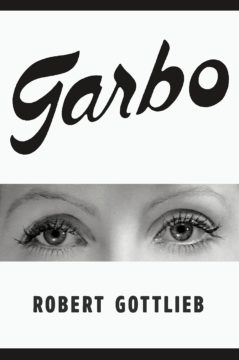 I
I Even if Peter Bogdanovich, who died on Thursday, at the age of eighty-two, had never exposed a frame of film as a director, he’d be one of the history-making heroes of the world of movies.
Even if Peter Bogdanovich, who died on Thursday, at the age of eighty-two, had never exposed a frame of film as a director, he’d be one of the history-making heroes of the world of movies.  It was exactly two years ago that it first became publicly knowable—though most of us wouldn’t know for at least two more months—just how freakishly horrible is the branch of the wavefunction we’re on. I.e., that our branch wouldn’t just include Donald Trump as the US president, but simultaneously a global pandemic far worse than any in living memory, and a world-historically bungled response to that pandemic.
It was exactly two years ago that it first became publicly knowable—though most of us wouldn’t know for at least two more months—just how freakishly horrible is the branch of the wavefunction we’re on. I.e., that our branch wouldn’t just include Donald Trump as the US president, but simultaneously a global pandemic far worse than any in living memory, and a world-historically bungled response to that pandemic. Last June, we
Last June, we  More than 2,300 years ago, Aristotle wrote about eudaimonia—commonly translated as human flourishing—and discussed how we can best live our lives. It is a concept that has influenced philosophers through the ages, from Thomas Aquinas to Martha Nussbaum, who have in different ways developed theories about how we can live the good life and fulfil our true capability and potential as human beings.
More than 2,300 years ago, Aristotle wrote about eudaimonia—commonly translated as human flourishing—and discussed how we can best live our lives. It is a concept that has influenced philosophers through the ages, from Thomas Aquinas to Martha Nussbaum, who have in different ways developed theories about how we can live the good life and fulfil our true capability and potential as human beings.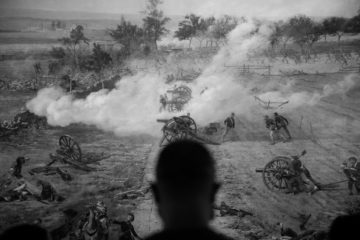 Barbara F. Walter, a political scientist at the University of California, San Diego, has interviewed many people who’ve lived through civil wars, and she told me they all say they didn’t see it coming. “They’re all surprised,” she said. “Even when, to somebody who studies it, it’s obvious years beforehand.”
Barbara F. Walter, a political scientist at the University of California, San Diego, has interviewed many people who’ve lived through civil wars, and she told me they all say they didn’t see it coming. “They’re all surprised,” she said. “Even when, to somebody who studies it, it’s obvious years beforehand.”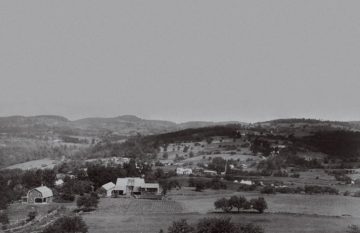 I meet Bob Leverett in a small gravel parking lot at the end of a quiet residential road in Stockbridge, Massachusetts. We are at the Ice Glen trailhead, half a mile from a Mobil station, and Leverett, along with his wife, Monica Jakuc Leverett, is going to show me one of New England’s rare pockets of old-growth forest. For most of the 20th century, it was a matter of settled wisdom that the ancient forests of New England had long ago fallen to the ax and saw. How, after all, could such old trees have survived the settlers’ endless need for fuel to burn, fields to farm and timber to build with? Indeed, ramping up at the end of the 17th century, the colonial frontier subsisted on its logging operations stretching from Maine to the Carolinas. But the loggers and settlers missed a few spots over 300 years, which is why we’re at Ice Glen on this hot, humid August day.
I meet Bob Leverett in a small gravel parking lot at the end of a quiet residential road in Stockbridge, Massachusetts. We are at the Ice Glen trailhead, half a mile from a Mobil station, and Leverett, along with his wife, Monica Jakuc Leverett, is going to show me one of New England’s rare pockets of old-growth forest. For most of the 20th century, it was a matter of settled wisdom that the ancient forests of New England had long ago fallen to the ax and saw. How, after all, could such old trees have survived the settlers’ endless need for fuel to burn, fields to farm and timber to build with? Indeed, ramping up at the end of the 17th century, the colonial frontier subsisted on its logging operations stretching from Maine to the Carolinas. But the loggers and settlers missed a few spots over 300 years, which is why we’re at Ice Glen on this hot, humid August day.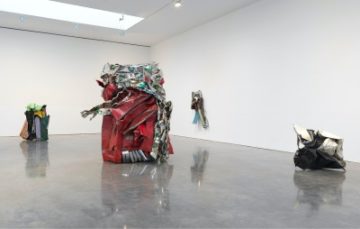 If
If  WRITER CHRIS KRAUS devotes a long section of her 1997 book I Love Dick to artist Hannah Wilke, who had passed away from lymphoma a few years earlier. Identifying with Wilke’s reputation as a “female monster,” Kraus glimpsed what few other writers at the time could see. Over a career spanning more than three decades, from the late 1950s until her last days in the cancer ward, where she died at age fifty-two, Wilke treated her art as a vector of her desire, “continuously exposing [herself] to whatever situation occurs,” as she put it in a 1976 statement. Rejected as a shameless exhibitionist, she carried on unhindered, refusing to place her sexuality—or her body—under wraps. Her striptease was relentless and ruthless, never more so than in her final body of work, “Intra-Venus,” 1992–93, a series of large-scale color photographs and videos in which the artist, sick with cancer, stunts for the camera in the costume of illness, still every bit the goddess in bandages and with an IV drip.
WRITER CHRIS KRAUS devotes a long section of her 1997 book I Love Dick to artist Hannah Wilke, who had passed away from lymphoma a few years earlier. Identifying with Wilke’s reputation as a “female monster,” Kraus glimpsed what few other writers at the time could see. Over a career spanning more than three decades, from the late 1950s until her last days in the cancer ward, where she died at age fifty-two, Wilke treated her art as a vector of her desire, “continuously exposing [herself] to whatever situation occurs,” as she put it in a 1976 statement. Rejected as a shameless exhibitionist, she carried on unhindered, refusing to place her sexuality—or her body—under wraps. Her striptease was relentless and ruthless, never more so than in her final body of work, “Intra-Venus,” 1992–93, a series of large-scale color photographs and videos in which the artist, sick with cancer, stunts for the camera in the costume of illness, still every bit the goddess in bandages and with an IV drip.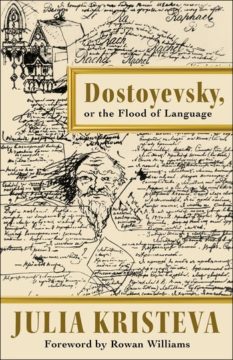 The initiated had been familiar with the first edition for a long time, but with this new one, Bakhtin’s Dostoyevsky became a social phenomenon, a political symptom. At the center of this new furor was my friend and mentor, Tzvetan Stoyanov, well-known literary critic, anglophone, francophone, and obviously russophone. He had already introduced me to Shakespeare and Joyce, Cervantes and Kafka, the Russian formalists and the breakthrough postformalism of a certain Bakhtin. Now we could reimmerse ourselves, day and night, out loud and in Russian, Bakhtin’s book in hand, in the novels of Dostoyevsky. I heard the vocal power of tragic laughter, the farce within the force of evil, and that contagious, drunken flow of dialogues composed as story that Bakhtin calls slovo, translated as mot (word) in French. Through the vocabulary and syntax, I heard, as Logos incarnate, the Word stirring biblical deliverance into a new multivocal, multiversal narration…
The initiated had been familiar with the first edition for a long time, but with this new one, Bakhtin’s Dostoyevsky became a social phenomenon, a political symptom. At the center of this new furor was my friend and mentor, Tzvetan Stoyanov, well-known literary critic, anglophone, francophone, and obviously russophone. He had already introduced me to Shakespeare and Joyce, Cervantes and Kafka, the Russian formalists and the breakthrough postformalism of a certain Bakhtin. Now we could reimmerse ourselves, day and night, out loud and in Russian, Bakhtin’s book in hand, in the novels of Dostoyevsky. I heard the vocal power of tragic laughter, the farce within the force of evil, and that contagious, drunken flow of dialogues composed as story that Bakhtin calls slovo, translated as mot (word) in French. Through the vocabulary and syntax, I heard, as Logos incarnate, the Word stirring biblical deliverance into a new multivocal, multiversal narration…
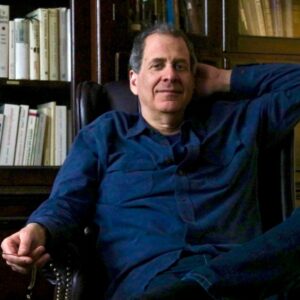 Are numbers real? What does that even mean? You can’t kick a number. But you can talk about numbers in useful ways, and we use numbers to talk about the real world. There’s surely a kind of reality there. On the other hand, Luke Skywalker isn’t a real person, but we talk about him all the time. Maybe we can talk about unreal things in useful ways. Jody Azzouni is one of the leading contemporary advocates of
Are numbers real? What does that even mean? You can’t kick a number. But you can talk about numbers in useful ways, and we use numbers to talk about the real world. There’s surely a kind of reality there. On the other hand, Luke Skywalker isn’t a real person, but we talk about him all the time. Maybe we can talk about unreal things in useful ways. Jody Azzouni is one of the leading contemporary advocates of 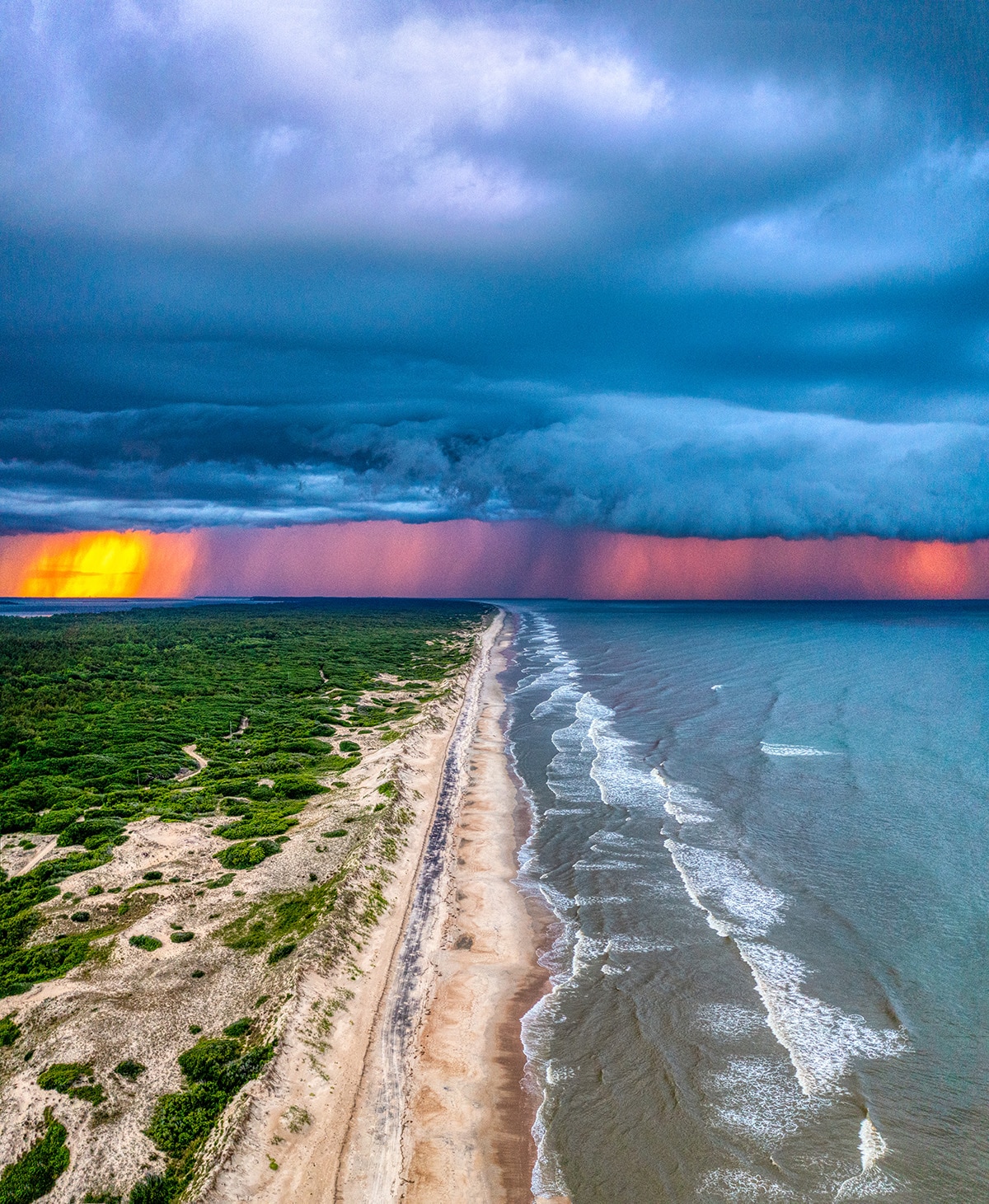
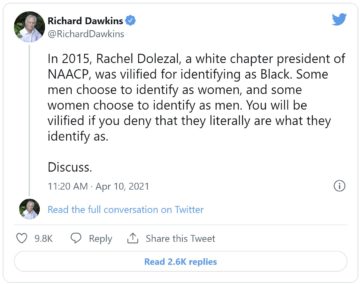 A lifetime as an Oxford tutor has ingrained in me the Socratic habit of raising questions for discussion, often topics with a mildly paradoxical flavour, conundrums, apparent contradictions or inconsistencies that seem to need a bit of sorting out. I have continued the habit on Twitter, often ending my tweets with the word, “Discuss.” That tweet was one such.
A lifetime as an Oxford tutor has ingrained in me the Socratic habit of raising questions for discussion, often topics with a mildly paradoxical flavour, conundrums, apparent contradictions or inconsistencies that seem to need a bit of sorting out. I have continued the habit on Twitter, often ending my tweets with the word, “Discuss.” That tweet was one such.